Apabi Ancient Books of Traditional Chinese Medicine 中医古籍库
::: The collection assembles the scanned images of 255 titles in over 1600 volumes, among them some rare prints and manuscripts. Bibliographical data and chapter headings are searchable, but not full text is provided.
Scripta sinica 漢籍全文資料庫 (select 子部 : 醫家 from navigation tree)
::: The transcribed titles selected for this database by the Institute of History and Philology of the Taiwanese Academia Sinica are based on modern philological standard editions, thus punctuation is provided.
Jiben guji ku 中國基本古籍庫 (select 哲科庫 : 醫學類 in “category search”)
::: About 280 titles are grouped under the label “medicine” in this database of 10.000 titles. Titles are provided in image and full text and searches in the text (“Keyword search”) can be confined to a category, such as “medicine” (醫學類).
Siku quanshu 四庫全書 and Xuxiu Siku quanshu 續修四庫書 (select 子部 : 醫家 from navigation tree)
::: The digitized version of these two famous, large collections provide the full text and scanned images of about 3500 and 5400 traditional Chinese titles. Whereas the first is a project of the 18th century under the aegis of the Qianlong emperor and compiled, transcribed (and censored) the original titles, the latter was published by the Shanghai guji chubanshe between 1995 and 2002 on the basis of national bibliographical project of the 1920ies and reproduces published texts in facsimile. The section on medicine of the Siku quanshu contains 98 titles, the Xuxiu Siku quanshu another 261 titles.

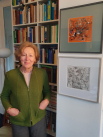
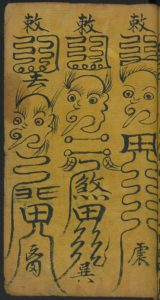
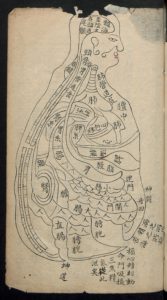
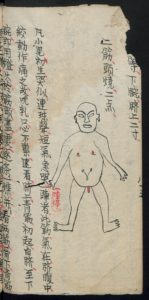
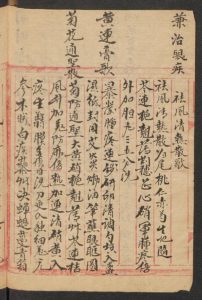
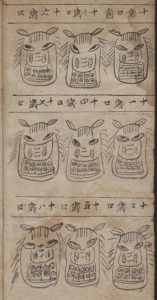
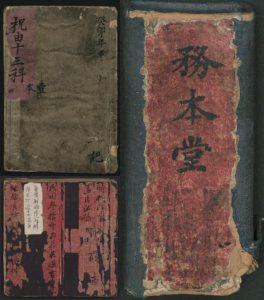
 5 A 141803) and Xuxiu Siku quanshu 續修四庫全書 : (Shanghai: 1995-2002; shelfmark
5 A 141803) and Xuxiu Siku quanshu 續修四庫全書 : (Shanghai: 1995-2002; shelfmark